The continuous capture of physiological signals such as heart rate through human contact with wood has been successfully demonstrated with a novel ‘intelligent’ wood device. The chemically modified wood can be turned into a floor or a chair that can sense pressure and heat changes when an individual stands or sits on it. Wood’s natural abundance and mechanical properties make it a promising green material for a range of bioelectronic applications.
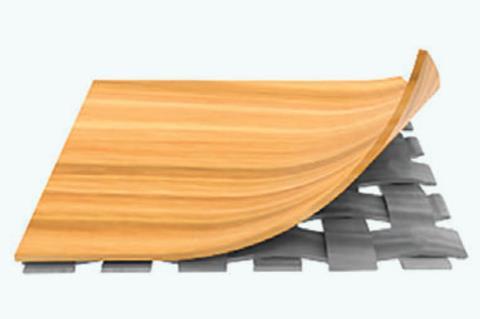
In biology organisms store information as ions, whereas electronic devices rely on electrons. ‘We have ions and the electrons that work together to produce tactile sensing signals,’ explains lead author Tingrui Pan. ‘We can actually get an interface between an artificial world like an iPhone and your natural world. This type of sensing is perfect to enable the traditional [wood] with new functionality.’
The team from the University of Science and Technology of China developed the highly sensitive, flexible device dubbed ‘iWood’ by combining two chemical treatments – conductive and ionic modifications – to functionalise natural wood. Firstly, they infused and immobilised an ionic liquid in the wood’s cell wall by making use of capillary effects and weak chemical bonding, while still maintaining the wood’s original structure and properties. Ionic liquids are hydrophobic enough to penetrate the naturally porous wood scaffold and remain there while maintaining structural integrity. ‘What we have done is to immerse or inject enough mobile ions in a permanent way using an ionic liquid. So, we get the water out of the tree and replace it with this ionic liquid with functionality groups to be able to deduce signals inside of the wood product,’ explains Pan.

A separate wood veneer is then coated with a metallic ink to provide surface conductivity. Finally, strips of this conductive wood are braided to create an underlay electrode and then covered with an ionic wood veneer to create the iWood device.
When pressure is applied to this two-layer system the electrically conductive layer comes into contact with the ionic layer and this can be used to measure changes in pressure and heat. A small electronic chip stores the information relayed from the surface and can later transfer it to a smartphone. ‘We have not yet verified whether we can do this in a very controlled quality or mass production way. But I believe there if there’s a market or commercial interest that can be done,’ comments Pan.
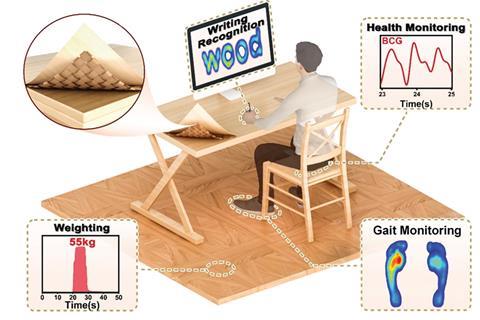
Panzarasa Guido, a researcher at ETH Zurich, raises some concerns, however. ‘I would question the long-term stability of such a device,’ he says, as the low surface roughness and repeated cycles of mechanical stress could damage the interface. ‘From a purely technological perspective [the research] is valid, but from a wood material science perspective, there is absolutely nothing new.’


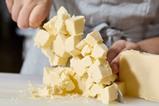
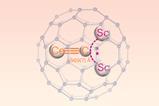
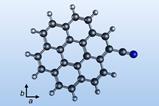
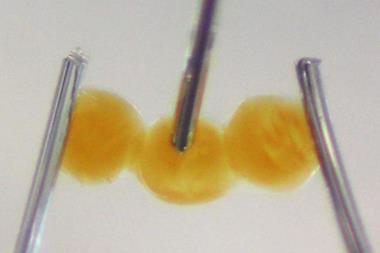
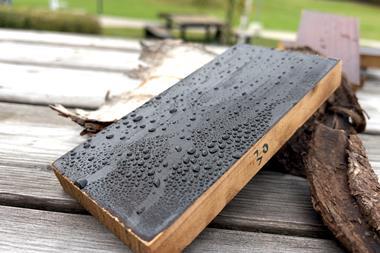
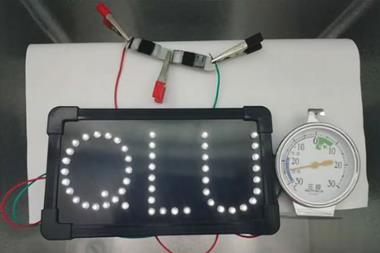
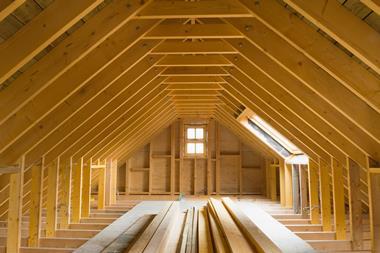








No comments yet